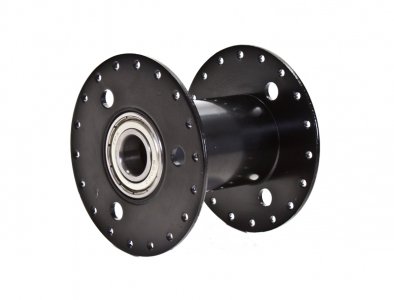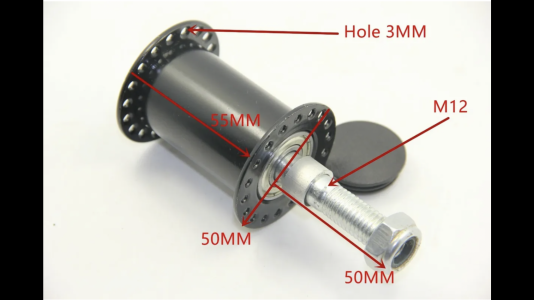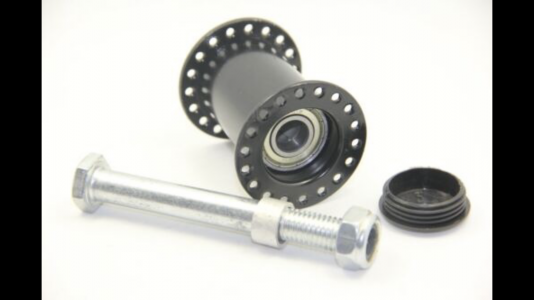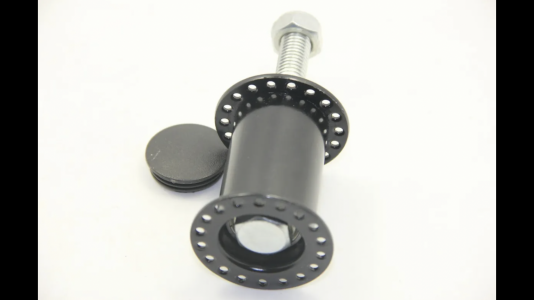- Joined
- Sep 8, 2019
- Messages
- 4,392
So I have definitely decided to only use O/A processes (torch cut, gas weld and/or braze) to build this cart…because it is an O/A cart.
I would love to braze the whole thing, but some of the joints are not suited to brazing, in my opinion. I know that brazing fillet & lap joints is fine, but what do you guys think of brazing butt & edge joints? I do *not* like the idea because I almost always machine or grind down my butt & edge joints to flush.
I will definitely do the nicest work that I can, & leave the cart unfinished (i.e. no paint). I will use way oil (ideally Vactra #4) to protect it from corrosion. The cart will live inside, but be used outside only. I wouldn’t spend the money to clearcoat it.
At this point, I am inclined to gas weld the edge and butt joints, and braze the fillet and lap joints. The lap joints are on the hinges. It will probably end up looking a little odd having both gas welded & brazed joints, but the gas welded joints will be ground down to flush so nobody will see those joints.
I would love to braze the whole thing, but some of the joints are not suited to brazing, in my opinion. I know that brazing fillet & lap joints is fine, but what do you guys think of brazing butt & edge joints? I do *not* like the idea because I almost always machine or grind down my butt & edge joints to flush.
I will definitely do the nicest work that I can, & leave the cart unfinished (i.e. no paint). I will use way oil (ideally Vactra #4) to protect it from corrosion. The cart will live inside, but be used outside only. I wouldn’t spend the money to clearcoat it.
At this point, I am inclined to gas weld the edge and butt joints, and braze the fillet and lap joints. The lap joints are on the hinges. It will probably end up looking a little odd having both gas welded & brazed joints, but the gas welded joints will be ground down to flush so nobody will see those joints.





